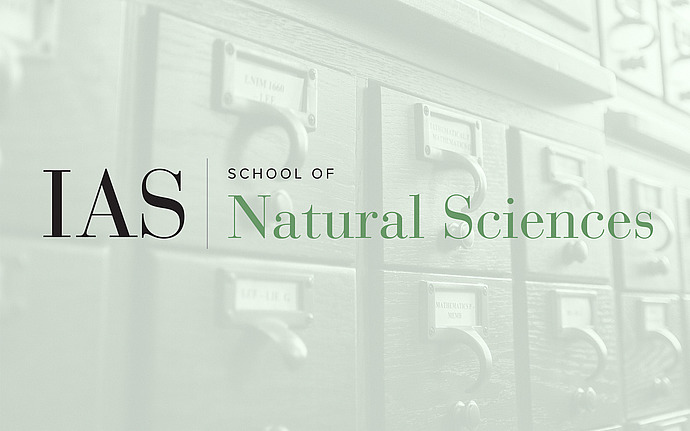
Institute for Advanced Study/Princeton University Joint Astrophysics Colloquium
Ubiquitous Instabilities in Dusty Gas
Dust is ubiquitous and inescapable in astrophysics, yet its dynamics remain poorly understood. I’ll describe the properties of a newly-discovered class of instabilities which exist in any coupled dust-gas system. Dust grains streaming through gas are generically unstable, generating fluctuations in the dust-to-gas ratio, and eventually saturating in highly anisotropic turbulence with large dust-to-gas ratio fluctuations and steady-state trapped dust structures (filaments and caustics). These instabilities occur in essentially any medium that supports any kind of linear waves and/or turbulence (magnetized or not, self-gravitating or not, etc.), and the instability and dust-to-gas fluctuations are maximized when there is a ‘resonance’ between the dust motion and the wavespeeds or eddy turnover time. I’ll describe several new instabilities that are examples of this and show how a couple of well-studied instabilities are actually special cases of this. This can qualitatively change our predictions for dust growth, grain sizes and their evolution; ISM chemistry, stellar abundance patterns star formation in regions of dust ‘clumping’; the launching of winds via radiation pressure on dust in giant stars, starburst regions, and AGN torii; dust obscuration; and planet formation in dusty proto-planetary disks.
Date & Time
April 10, 2018 | 11:00am – 12:00pm
Location
Princeton University, Peyton Hall AuditoriumSpeakers
Phil Hopkins
Affiliation
California Institute of Technology
Event Series
Categories
Notes
Coffee and refreshments are available from 10:15 am in Peyton Hall Common Room.